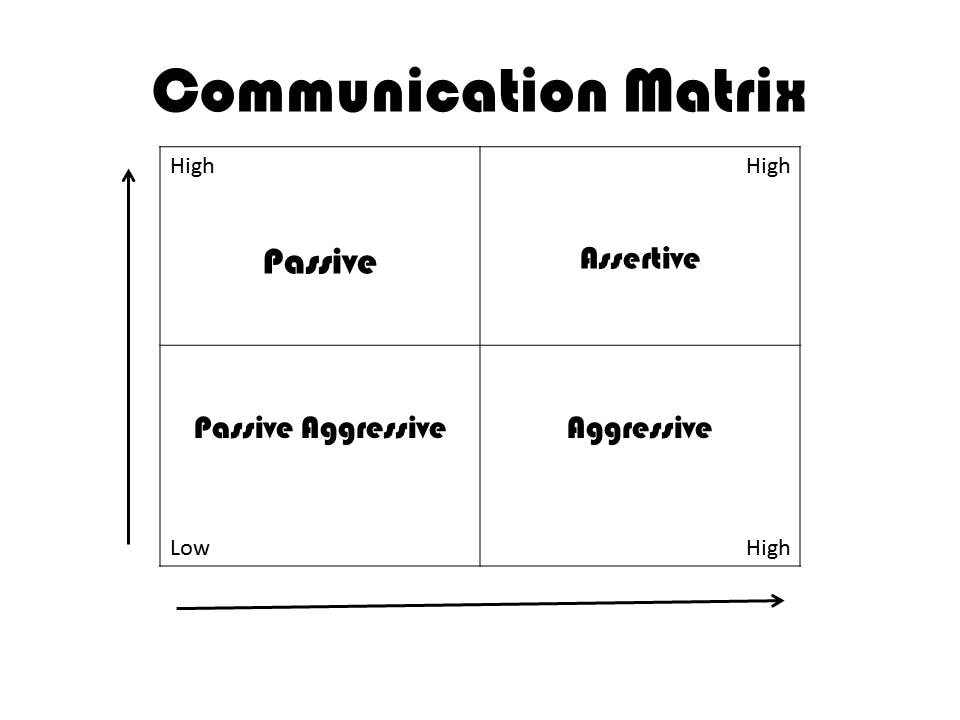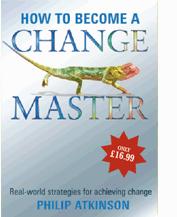Why use it?
Using it helps you………..
- Ask questions to learn about people’s motivation, their needs and wants
- Understand what motivates others such as your clients or your target audience
- Build your relationship and take you to the next level with your client or audience
- Create Trust
- Look at things from the perspective of others
- Better understand the perspectives of others and create a climate of curiosity and acceptance
The vertical axis relates to you ‘actively’ listening to others. The horizontal axis relates to you leading the conversation. So, which best fits with your dominant personal communication style?
Listening & Empathy
When we devote time to actively listening, we empathise, we listen to what others say, what they don’t express and what they cannot convey without help. We build trust by adopting a more passive style to understand their world rather than trying to sell them our world perspective.
Shut Up & Listen for Once
Most people have too much to say and spend too little time listening to others. Ask yourself, do you overplay your pattern of asking questions and enthuse too much, or do you back off and listen patiently? Are you able to be quiet long enough to observe and really listen? Are you low or high on the y-axis, and in what context?
Listening is the fastest way to build robust relationships that last.
Taking the Lead
When we take charge or lead, we focus more on the horizontal axis and we express our opinions and our position. We express our thoughts and ambitions, our motivations and ideas. We will tend to focus our energies on clarifying our expectations, our contributions, provide solutions and drive action.
Where do you fit?
We need to self-assess in which quadrant we are most comfortable and the consequences of not adapting a variety of styles. Ideally, we should focus on moving towards the assertive quadrant where we have respect for others view of the world and are honestly expressing our views and thoughts, with the purpose on strengthening relationships through rapport building.
Contexts & Real Results
It is really interesting using this as a tool for client and customer relationships, leadership and team development as well as in sales and performance management. To find out more about how we can structure workshops to meet your communication wants and needs, email Philip.
And just before I sign off, you may also find these published articles on Influencing Strategies in the PDFs below of value.
| change_mastery_the_persuasion_paradigm_philip_atkinson.pdf |
| the_power_to_influence_-philip-atkinson.pdf |



 RSS Feed
RSS Feed

